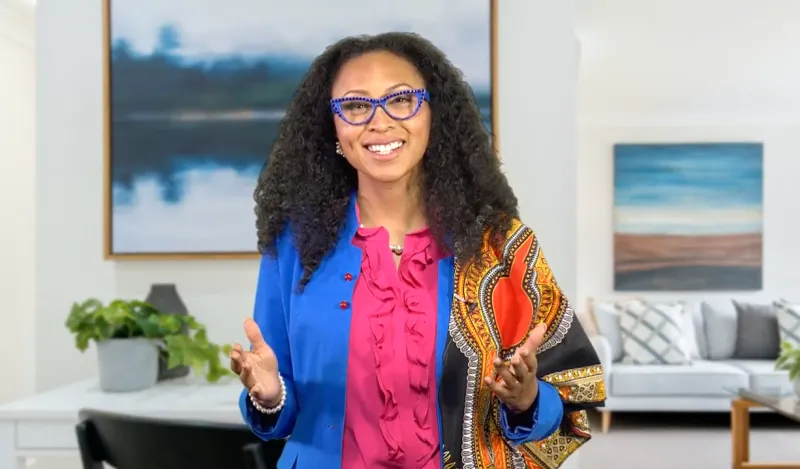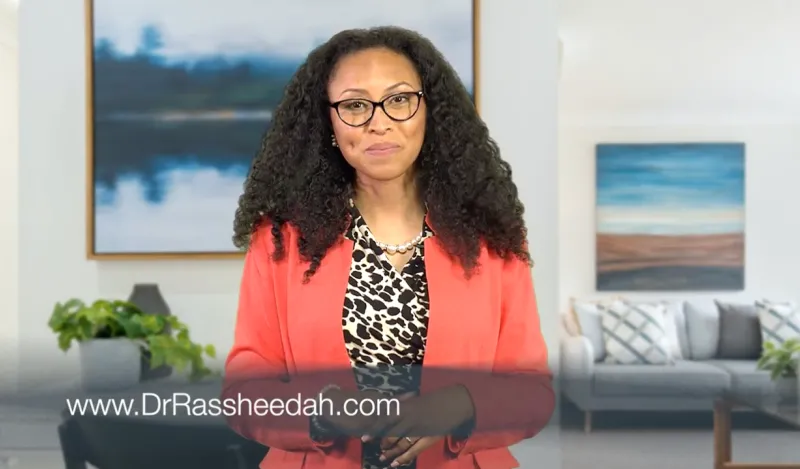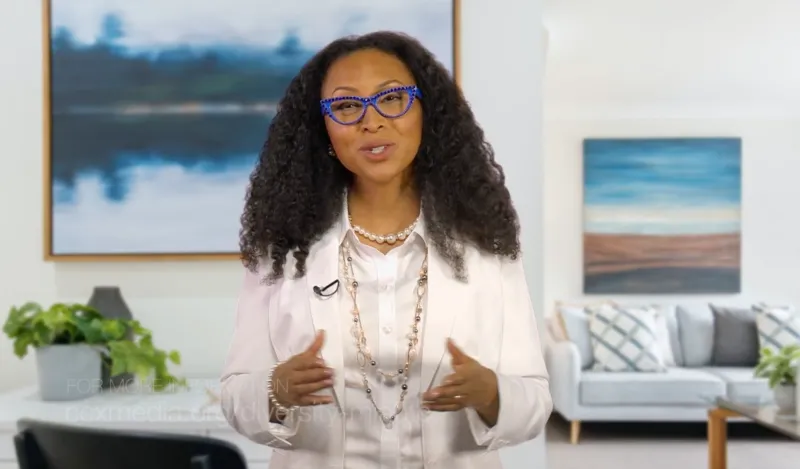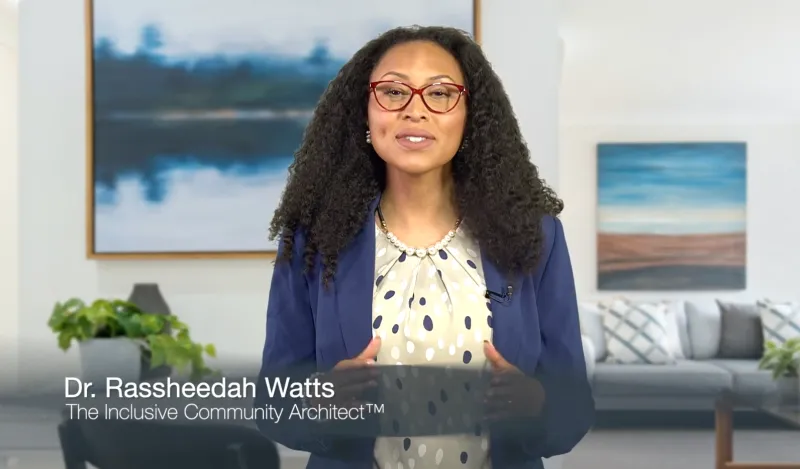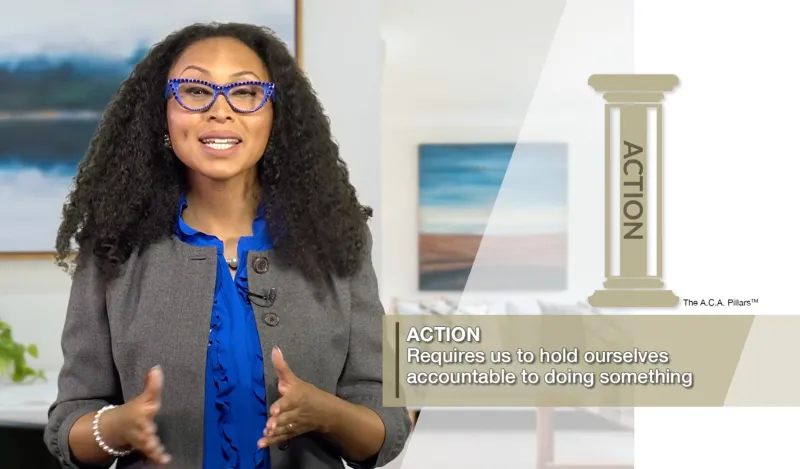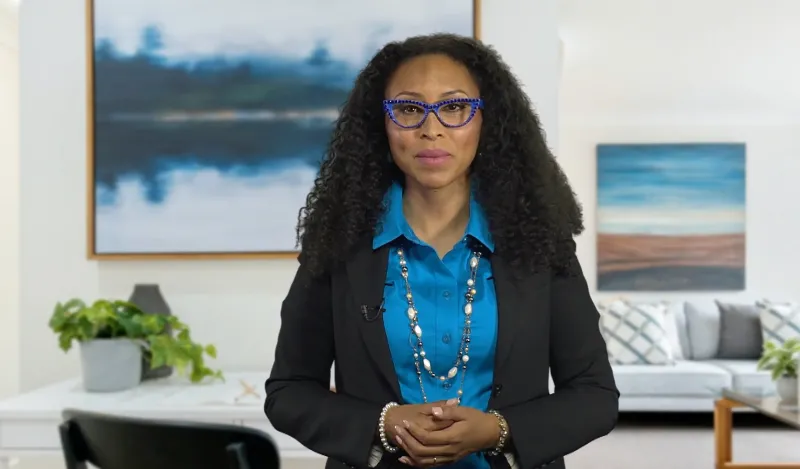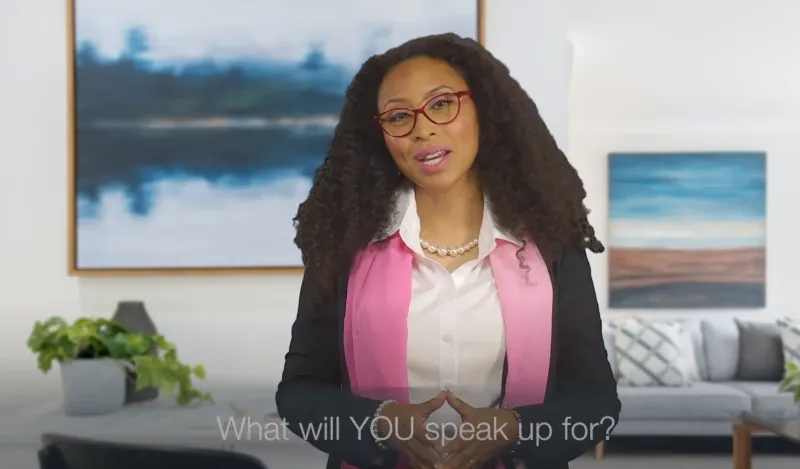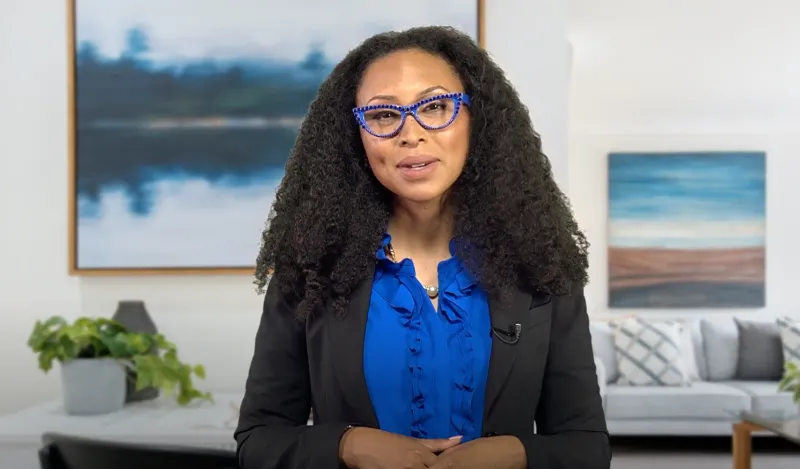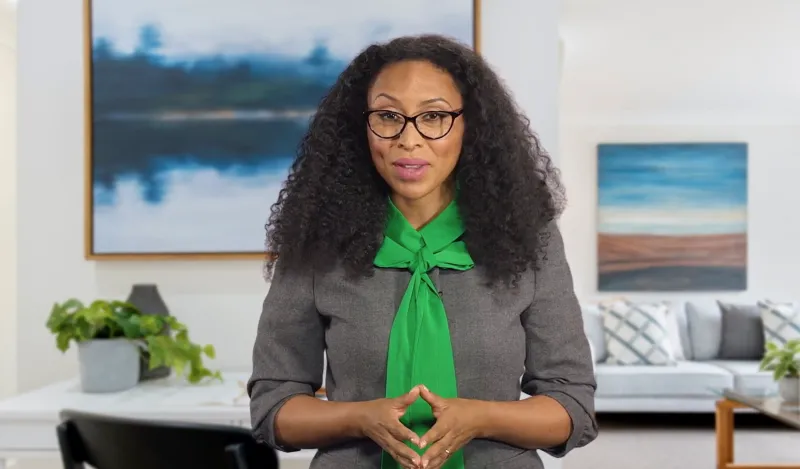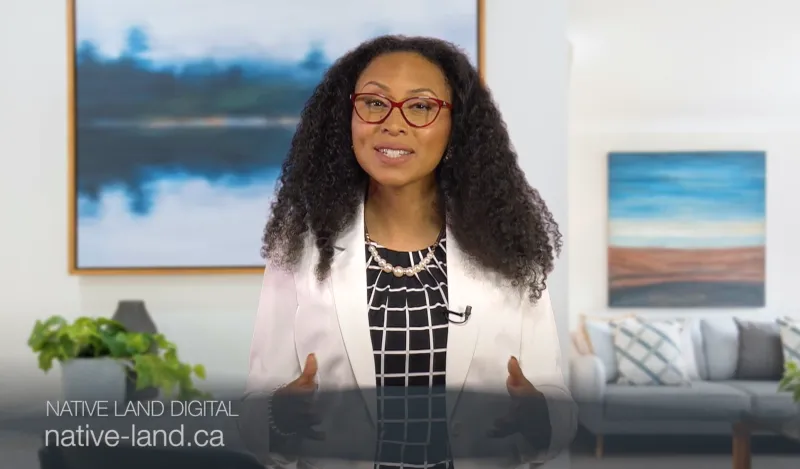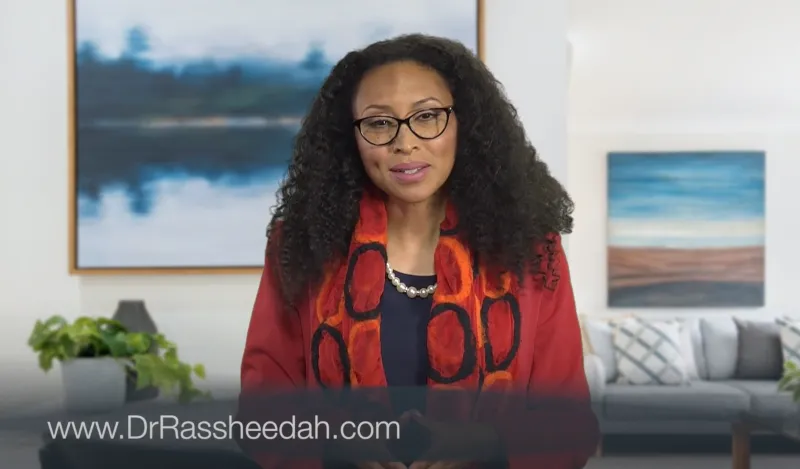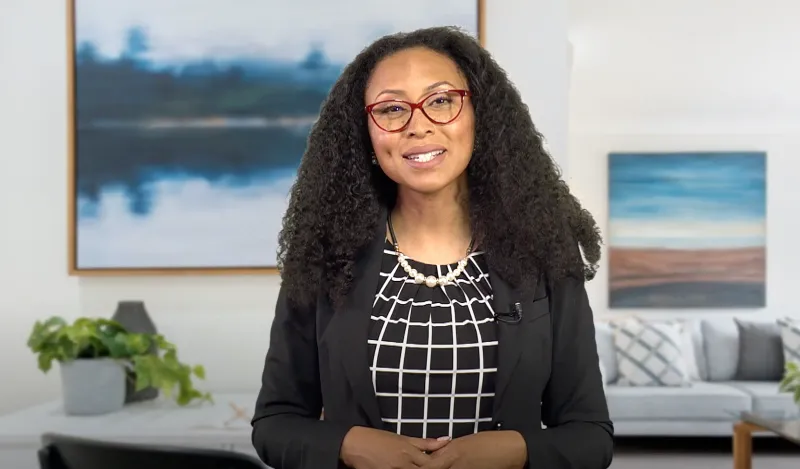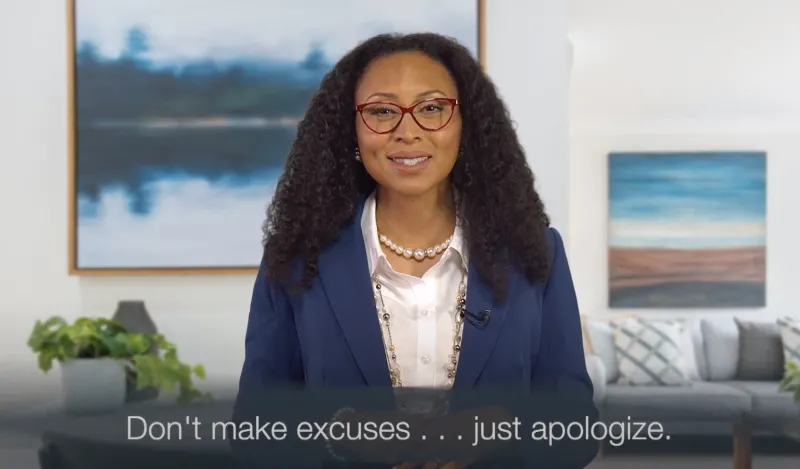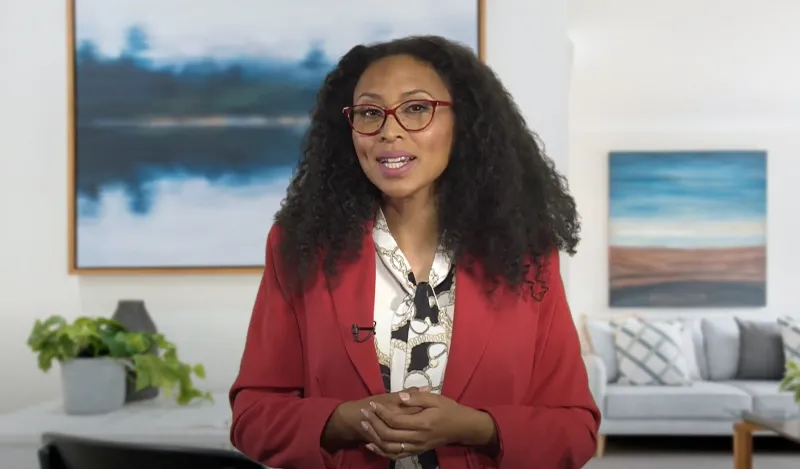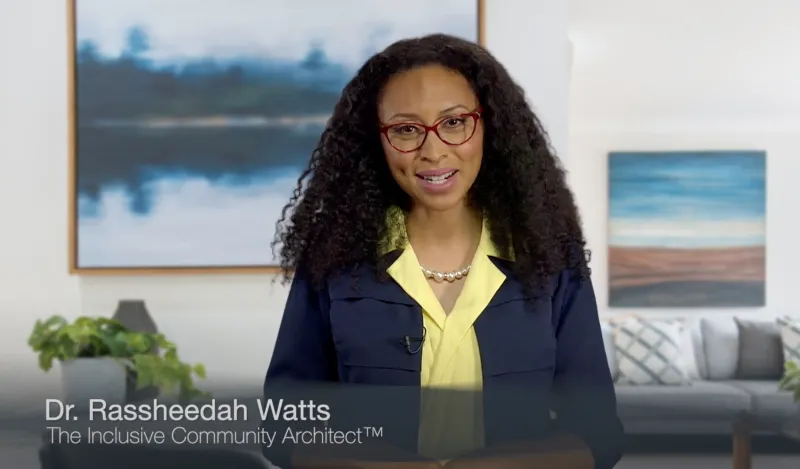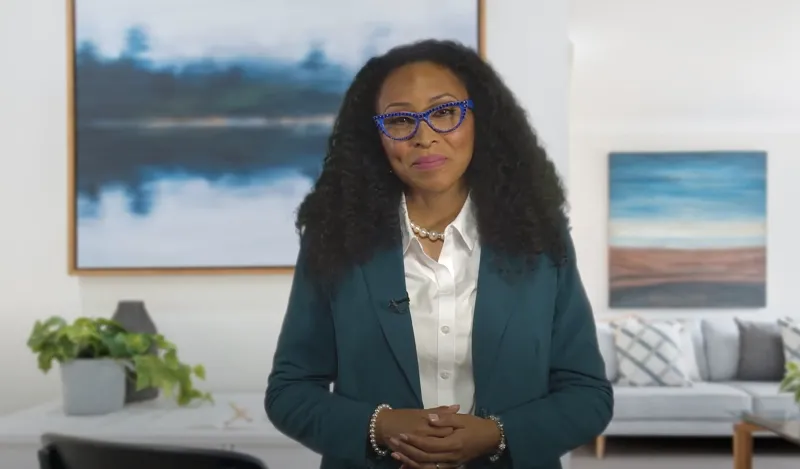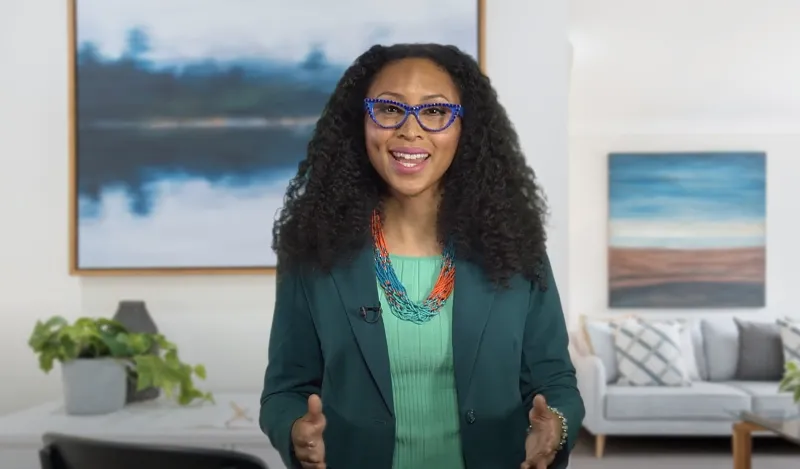The purpose of Diversity Minute is to raise your awareness on issues of diversity, equity and inclusion because it matters…to all of us. The goal is to help you be a better-informed change agent, ally and friend who can come alongside to build inclusive and just communities where we can all thrive.
Diversity Minute | Message 1
Episode 1: Introduction to Diversity Minute
Diversity Minute | Message 2
In Episode 2 of Diversity Minute, Dr. Rassheedah Watts introduces us to The A.C.A. Pillars(TM), three steps to effective allyship.
Diversity Minute | Message 3
In Diversity Minute 3, Dr. Rassheedah takes us on a deeper dive of the first of The A.C.A. Pillars(TM), Awareness. How do we raise our awareness so that we are more effective allies?
Diversity Minute | Message 4
Having built our Awareness, the next step to take for effective allyship is Courage. Dr. Rassheedah explains why courage is important and how to build it.
Diversity Minute | Message 5
What does taking Action, the last step in The A.C.A. Pillars™ of effective allyship, look like? Dr. Rassheedah gives us a few ideas as we take a deeper dive, and then asks what we will commit to.
Diversity Minute | Message 6
Do you believe you are a good ally? One way to test this belief is to ask yourself this one question self-test on allyship, “What action have I taken today as an ally?” Effective allyship will show up, not only in your feelings and intentions, but your actions.
Diversity Minute | Message 7
To build inclusive communities, we need power tools, and YOUR power tool is your voice. Your voice – our voices – can help bring attention to an injustice. The important thing is not to remain silent – to do so makes us a part of the problem when we want to be a part of the solution.
Diversity Minute | Message 8
What are microaggressions exactly? They are subtle but powerfully felt actions, behaviors, and statements rooted in stereotypes which diminish a person of a marginalized identity. For example, Asian Americans asked, “Where are you really from?” Let’s avoid microaggressions by thinking about how our statements and actions can hurt others, and let’s genuinely apologize when we mess up.
Diversity Minute | Message 9
The Oppression Olympics describe a competition between groups that argue over who faces the worse type of injustice, and yet the winner gets nothing. Rather than argue about whether sexism, ageism, or racism is worse, we need to acknowledge that they’re all forms of injustice and re-focus our efforts on fixing the system that sustains them.
Diversity Minute | Message 10
A land acknowledgment is a statement that acknowledges the native nations and the original stewards of the land that we occupy in the United States. There are informational resources available online when you develop a land acknowledgment; above all, make sure that you are truly being genuine in your words.
Diversity Minute | Message 11
Many celebrate Thanksgiving as a day of feasting and family gathering. As you seek to be more inclusive, understand that there are some who view history from a different perspective. Part of our history in this country includes the slaughter of Native Americans. Some indigenous communities observe Thanksgiving as a National Day of Mourning to acknowledge native genocide. Learn the truth of our history by visiting uaine.org.
Diversity Minute | Message 12
The concept of intersectionality can be compared to the point where two (or more) roads cross over each other. That point, or intersection, represents all the different facets that form our identity and make us who we are. Intersectional identities can include gender, ethnicity, religious beliefs, sexual orientation, and so forth. It’s important to consider intersectionality as you build inclusion.
Diversity Minute | Message 13
Most of us want to lead with genuine goodness. But sometimes our good intentions impact others in a harmful or hurtful way. Learn what to do when good intentions go bad.
Diversity Minute | Message 14
Systemic racism is evident in systems, policies, and laws that privilege some and disadvantage others based on their race. Have you ever wondered why neighborhoods tend to be segregated? In certain areas, exclusionary zoning laws and restrictive covenants prohibited the sale of property to Black people and to other racial groups. Practices such as building highways through neighborhoods continue to this day. Segregated neighborhoods exist all over the country, and it’s not by accident, it’s by design.
Diversity Minute | Message 15
Internalized superiority is a subconscious belief that an aspect of our identity makes us better than others. We might feel superior to others because of our age, race, gender, or sexual orientation, and these superior beliefs can cause us to act in ways that further injustice. To counter this, we must do the deep work of self-reflection to truly see the incredible value in everyone we meet.
Diversity Minute | Message 16
Ethnic and racial group labels can seem overwhelming. Is it Latino, Latinx, or Hispanic? Black or African American? Most people are pleased if you ask them what their preference is. You can also commit to learning the history of these terms and more about the communities associated with them.
Diversity Minute | Message 17
An African American perspective on the 4th of July History is amazing and complicated. Let’s talk about the 4th of July, a day that is celebrated across our nation because of the signing of the Declaration of Independence. Yet, it’s also important to recognize that not everyone is comfortable celebrating this holiday. Black Americans, people of African descent, were very much still enslaved during this time. This is the reason why some of us are not comfortable celebrating the 4th of July, because it literally did not apply to us. This is just one example of why it’s important to learn how our history has impacted diverse groups differently, so that you can move forward as inclusively as possible, and, have more empathy.
